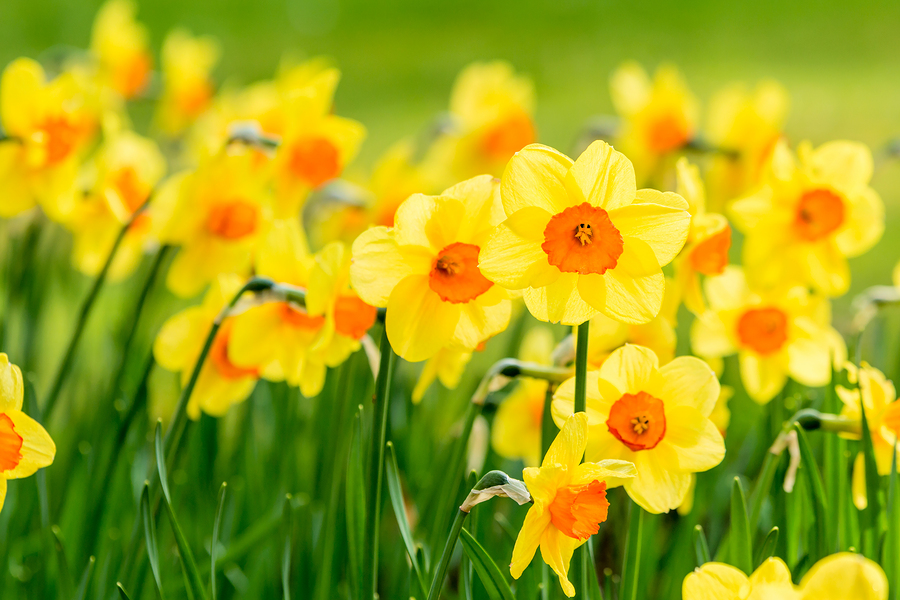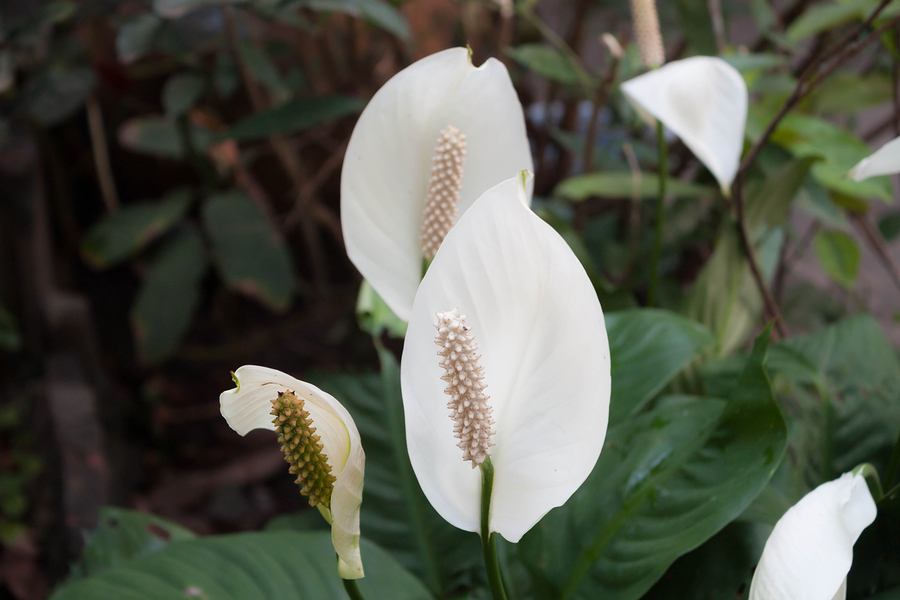- Make It Yourself Lavender Heart-Shaped Bath Bombs!
- 20 Things You Never Knew About “Down There”
- 12 Best Foods For Those Suffering From Arthritis Pain
- 12 Personal Hygiene Mistakes Almost Everyone Makes (Mom Never Told You About #4!)
- 15 Medicinal Plants And Herbs From The Cherokee People
- 12 Mind-Blowing Benefits Of Drinking Coconut Water During Pregnancy
- 12 Outstanding Winter Foods That Won’t Fatten You Up Like A Christmas Turkey
12 Plants That Are Toxic to Children and Pets (#12 is Super Popular, Too!)

Photo credit: bigstock.com
Houseplants and spring bulbs can change the feng shui of a yard and home. Many plants are excellent for removing toxins from the air inside the home. A lush, beautiful plant can bring color and life to any dark room or corner but not every plant is safe for the home.
Some of the following plants will only cause nausea and vomiting, but others are actually fatal if consumed. If you have small children or pets, you might want to keep the following plants out of their reach, or remove them entirely.
Most animals seem to know which plants are OK to chew on, but occasionally you find a young pup or kitten that just can’t seem to resist putting every plant they see in their mouth. The same applies to toddlers. Some kids just love putting dirt and plants into their mouths. You are the best judge of which plants you feel comfortable having in your home but first you need to know which common household plants are dangerous. Keep reading to find out more!
1. Daffodils
Daffodils are some of the first flowers to bloom in the spring, but be careful, as they are highly toxic, especially the bulb. They can cause intense stomach issues, including severe vomiting and diarrhea, high blood pressure, irregular heartbeat, and tremors. If your pet should eat the bulb, it will most likely not survive. If you have children or pets, daffodils are probably best kept in a pot on a table or flowers in a vase.
2. Foxglove (Digitalis)
This is one of the most beautiful spring flowers ever. Huge spikes of colorful flowers that grow on tall stalks, these are quite common along fences. However, they are also one of the most deadly plants around. Every single part of this plant can cause coma and death, including the flowers, leaves, and seeds (bulbs). They are truly beautiful, but think twice if you have small children or pets that love to chew.
3. Dumb Cane (dieffenbachia)
This is a very popular houseplant because it is easy to grow and adds color to dark corners. Dieffenbachia has earned the name dumb cane because of the symptoms that happen when it is eaten. The sap of this plant causes the tongue and throat to burn. Soon, the tongue and mouth swell to the point that it can actually block the airways! It is fatal when consumed, although most pets seem to avoid it.
4. Amaryllis
These are popular plants that are often sold as bulbs in pretty containers around Christmas time so that they will bloom near Easter. They have large, beautiful flowers that look similar to trumpets, and generally have 4 blooms per plant that last for about a month. This popular plant is also poisonous if consumed, so you might want to keep that container on a tall table or windowsill out of reach of pets and children.
5. Irises
These are more popular spring bulbs that come in a variety of beautiful colors. Unfortunately, they are also poisonous to both pets and humans if consumed. They cause fever, intense stomach cramps, diarrhea, nausea, and severe vomiting.
6. Hyacinths
These beautiful springtime bulbs are often sold in pots just before they bloom. They have a super sweet scent that is simply intoxicating. Unfortunately, like daffodils, they can cause severe diarrhea and vomiting if the flowers or leaves are consumed, and death if your pet or child should eat the bulb. This is another one that is best kept on a table and out of reach of children and pets.
Continue to Page 2

Photo credit: bigstock.com
7. Peace Lily
You see peace lilies everywhere: homes, businesses, offices, and even hospital rooms. They enjoy low light conditions and have beautiful white flowers that last for months. Peace lilies (psathiphyllum) are not actually a lily, but that is their common name. These are excellent air purifiers, but they can cause painful symptoms and even death if consumed. Like dumb cane, symptoms include burning of the lips, mouth, and tongue, swelling of the throat and tongue, difficulty speaking, swallowing, and breathing, vomiting, and diarrhea.
8. Oleander
Oleanders are common bushes that are prized for their quick growth and abundant flowers. The hotter the climate, the more flowers they produce. Many people grow them as natural fences. You will often find them growing along freeways as natural borders. Unfortunately, this is one of the most toxic plants around. The flowers smell sweet and they produce a tiny drop of honey, but there are numerous reports that eating just one leaf or just a few drops of the honey has caused death in adults. Most adult deaths occur after making a tea from the leaves, but this plant is so toxic that even just chewing on a leaf can cause death in a small child. This one is best left for the freeways, especially if you have any livestock, such as pet goats, that might mistake this plant for food.
9. Hydrangea
Beautiful, colorful hydrangea, with its bowl shaped flowers, is very beautiful and common in many yards. Eating the flowers can cause intense stomach pain, vomiting, diarrhea, and difficulty breathing. Eating large amounts can lead to coma or death. This plant is also poisonous to pets.
10. Snake Plants
Sometimes called mother-in-law’s tongue, snake plants are another very common household plant that you see in offices and businesses because they are easy to grow and need very little light. They are also excellent at cleaning the air. They have sleek, sharp, sword-like leaves that need almost no care other than a little water every now and then. For humans, the toxicity level is pretty low. Symptoms would be short-term mouth pain, nausea, and excessive salivation. Pets experience the same symptoms and vomit for a short time. They aren’t considered to be deadly, but they will cause some very unpleasant symptoms.
11. English Ivy
This is another popular houseplant that grows in a long, trailing vine that many people enjoy growing both inside and outside the home. Unfortunately, it is deadly if consumed. Humans, pets, even livestock have been killed from eating just a few leaves or after trying to make a tea from the leaves. Symptoms are difficulty breathing, intense vomiting, convulsions, coma, and paralysis.
READ ALSO: 12 Of The Best Plants For The Bedroom For Cleaner Air And Better Sleep
12. Calla Lily
These very popular plants are sold in pots, usually around Easter, but many people like to transplant the bulbs to their outdoor gardens later on so that they will bloom again the following year. Calla lilies, like other lilies, are poisonous if consumed, especially their bulbs. If you have small children or pets, you might want to consider keeping your calla lily in the pot on a high table, then storing it out of reach during the winter months in the garage, and then returning it to a sunny windowsill so that it can bloom again the following year. Your calla lily will bloom again and again in a pot without transferring it to the yard.
Of course, this list is not all inclusive, but these are some of the most common plants that are toxic or poisonous. You might want to think twice if you have any of these around your home.
References:
































